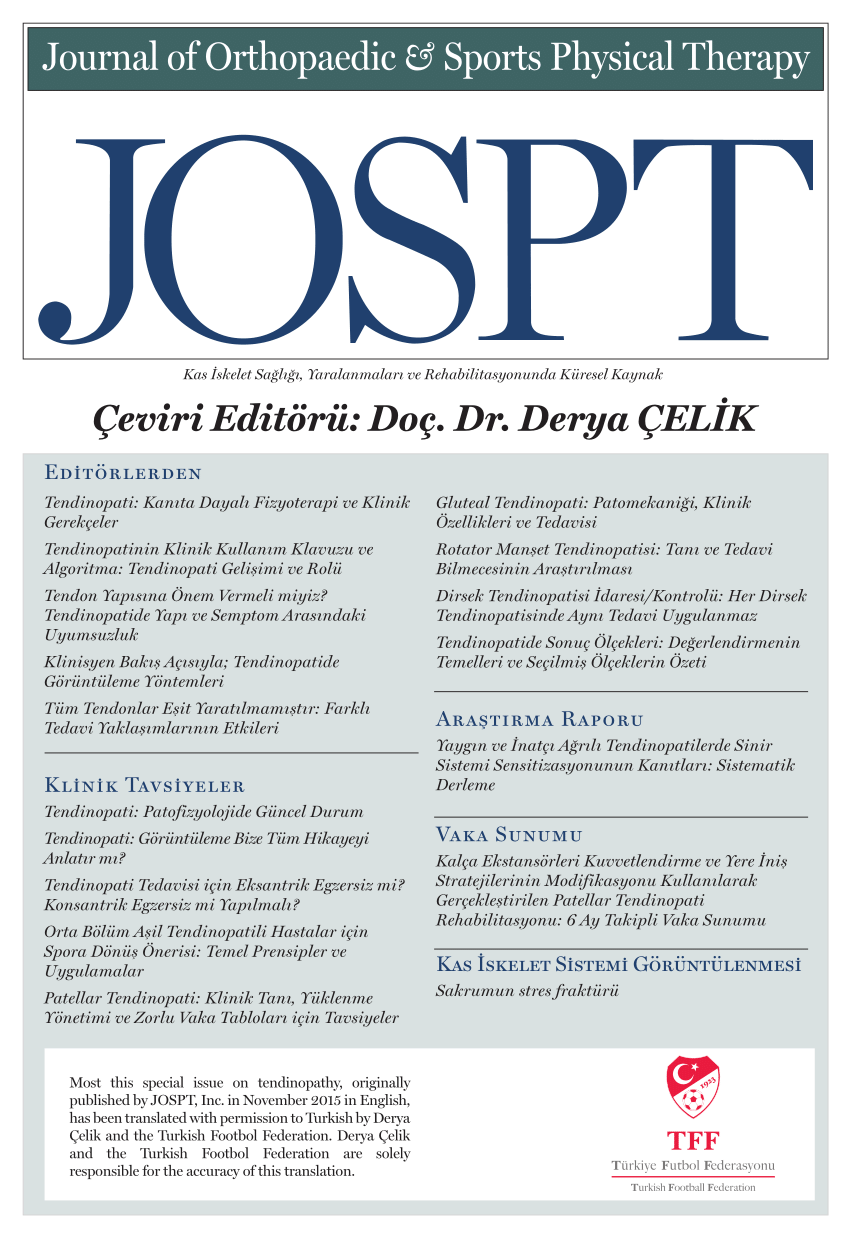
The effect of trigger point dry needling on acute mechanical neck pain

The effect of trigger point dry needling on acute mechanical neck pain
Short-term changes in neck pain, widespread pressure pain sensitivity, and cervical range of motion after the application of trigger point dry needling in patients with acute mechanical neck pain: a randomized clinical trial
J Orthop Sports Phys Ther. 2014 Apr;44(4):252-60Did you know you're eligible to earn 0.5 CME credits for reading this report? Click Here
Synopsis
17 patients with acute mechanical, idiopathic, unilateral neck pain were randomly assigned into 1 of 2 groups to determine if trigger point dry needling had any effect on neck pain, pressure pain sensitivity, and cervical range of motion 1 week after intervention. Patients received either trigger point dry needling intervention or no intervention at all. The results of the study indicated that pat...
To view the full content, login to your account,
or start your 30-day FREE Trial today.
FREE TRIAL
LOGIN
Forgot Password?
Explore some of our unlocked ACE Reports below!

Learn about our AI Driven
High Impact Search Feature
Our AI driven High Impact metric calculates the impact an article will have by considering both the publishing journal and the content of the article itself. Built using the latest advances in natural language processing, OE High Impact predicts an article’s future number of citations better than impact factor alone.
Continue



 LOGIN
LOGIN

Join the Conversation
Please Login or Join to leave comments.